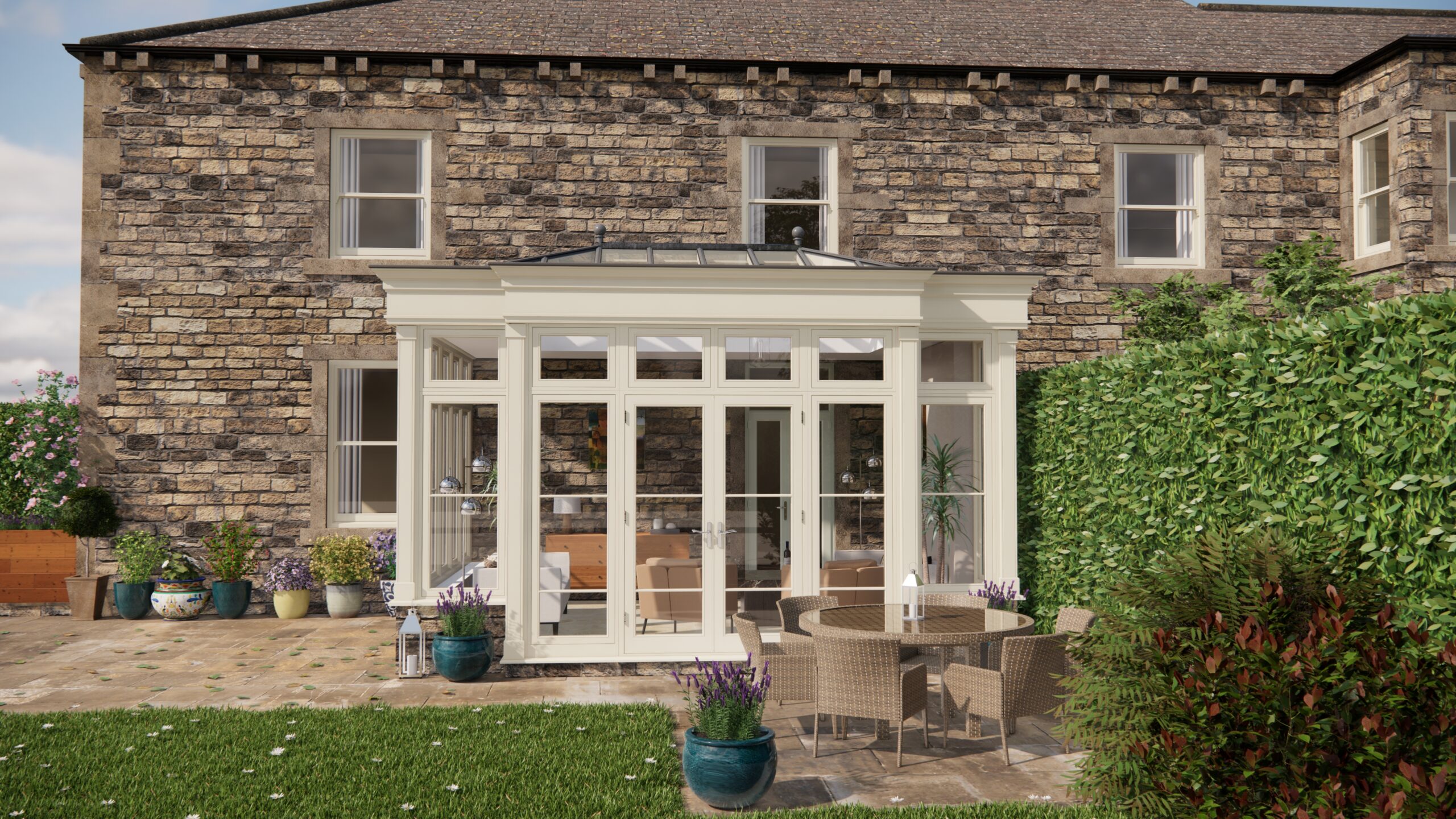Right, let’s talk hard landscaping. Not exactly the stuff of poetry, is it? Paving, patios, fences…it can all feel a bit…well, hard. But I’ve been wrestling with this idea, this constant push and pull between the structured and the organic, and I’ve just finished researching and writing about bringing planting into these spaces, and I’m buzzing to share what I’ve learned.
My recent exploration, which I’ve titled “The Green Touch: Incorporating Planting into Hard Landscaping Designs in the UK”, focuses on making those garden structures sing by pairing them with the right plant life. Think less barren concrete jungle, more harmonious haven. And honestly, the difference it can make is incredible. So, let’s delve into how to achieve this.
Raised Beds: Level Up Your Greenery
Let’s start with raised beds. These are absolute game-changers, especially if you’re battling with poor soil quality (a common UK garden woe, let’s be honest). Building a raised bed is surprisingly straightforward. You’ll need timber (treated to withstand the elements!), screws, and some weed membrane. Decide on your dimensions – consider the overall garden design and what you plan to grow. A comfortable working height is key. Construct the frame, line it with the membrane, and then fill it with a good quality topsoil and compost mix. Now you have a perfect environment for everything from herbs and vegetables to show-stopping flower displays.
Planting Pockets: Vertical Vignettes
Next up: planting pockets in walls. This is where things get really interesting. Think of it as turning a potentially dull wall into a living tapestry. You’ll need to incorporate pockets during the wall’s construction. These can be created using pre-formed concrete planters, or even by simply leaving strategically placed gaps. The key is drainage – ensure each pocket has a way for excess water to escape. Line the pockets with landscaping fabric and fill with a well-draining potting mix. Succulents and alpines thrive in these conditions. For instance, Sedum varieties are incredibly resilient and offer beautiful textures. Consider Sempervivum, the ‘houseleek,’ too – another low-maintenance marvel.
Climbers: Adorning Fences and Pergolas
Climbers on fences and pergolas are my next subject. Think of climbers as the soft furnishings of your garden. They instantly add character and soften hard edges. For fences, Clematis are a classic choice, offering a stunning array of colours and flowering times. Hedera helix (English Ivy) is another reliable option, providing evergreen coverage. Pergolas are begging for Wisteria. Its cascading blooms create a truly breathtaking effect. Don’t forget to consider the support structure. Provide sturdy trellis or wires for the climbers to latch onto. Regular pruning is also essential to keep them in check and prevent them from becoming unruly.
Ground Cover: Softening the Edges
Finally, ground cover plants. These unsung heroes are perfect for softening the transition between hard landscaping and lawn, or for filling in gaps between paving stones. Thymus serpyllum (creeping thyme) is fantastic for this, releasing a lovely fragrance when walked upon. Ajuga reptans (bugle) offers beautiful blue flower spikes and spreads readily. Consider the amount of sunlight the area receives. For shady spots, Pachysandra terminalis (Japanese spurge) is a great choice. Ensure the soil is well-drained and free of weeds before planting.
Material Matters: Choosing the Right Plants
The article also delves into plant recommendations for different hard landscaping materials. For example, a rustic stone wall looks beautiful adorned with trailing rosemary and lavender, while a contemporary concrete patio might be better suited to minimalist grasses and succulents. Consider the soil pH, sunlight exposure, and the overall aesthetic you’re aiming for. A Mediterranean-style garden with terracotta paving will need different plants to a cottage garden with brick paths. For example, you could integrate the use of a water feature with marginal planting.
The joy of a UK garden really comes alive when you blur the lines between the man-made and the natural. The way the greenery interacts with the stone, the brick, the wood…that’s where the magic happens. By carefully considering the right plants for the right spaces, you can create a garden that is not only beautiful but also supports wildlife and enhances your well-being. The key is not to think of hard landscaping and planting as separate entities but rather as complementary elements that work together to create a cohesive and inviting outdoor space.


